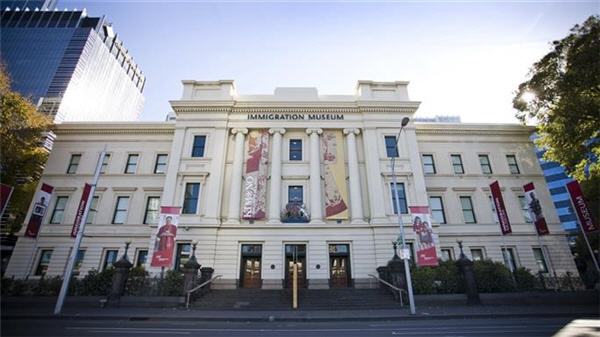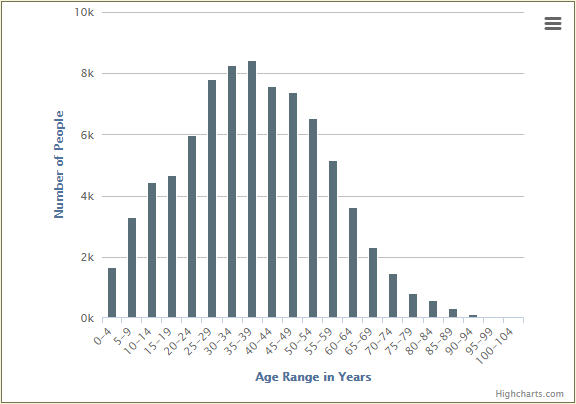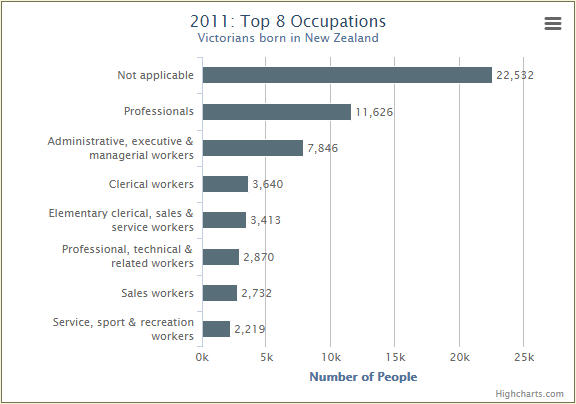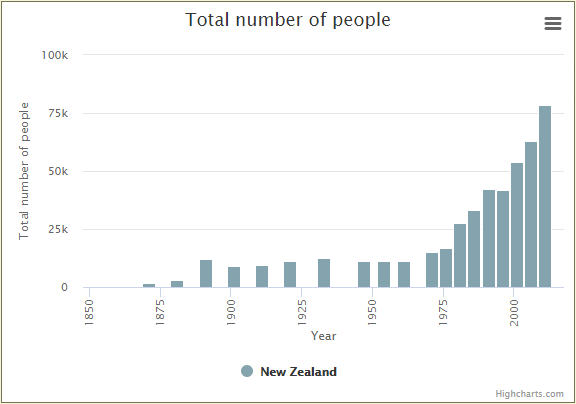History of immigration from New Zealand

06 February 2013
Since New Zealand was declared a British colony in 1840 there has been an ongoing exchange of people across the Tasman Sea.
In the 1880s, a depression in New Zealand caused thousands of people to come to Victoria in search of work. By 1891, the population of New Zealand-born in Victoria was 12,026. Within a decade three thousand had left due to the Victorian depression of the 1890s, and the community did not resume its former size until the late 1960s.
A recession in New Zealand in the 1960s and 1970s resulted in an increase in migration to Australia. Migration was easy because New Zealanders were able to come to Australia without travel documents, and the arrangement was reciprocal. Although passports have been required between the two countries since 1982, the population of New Zealand-born Victorians continued to increase significantly in the following decades, particularly due to the New Zealand recession of the late 1990s. By that time, it was estimated that 10% of New Zealand's population was living in Australia, and New Zealand had overtaken the British as the largest migrant group in Australia.
Total number of New Zealanders living in Australia (Source: Museums Victoria)
Forty-two percent of New Zealand-born Victorians work in professional or managerial roles; many others work in clerical, sales and service roles. The community is relatively young, and settlers are often motivated by career and personal opportunities. The Australian entertainment industry, for example, has attracted performers in popular music, opera, ballet, film and television, including the pop band Split Enz. The New Zealand community is united by the annual Maori Festival, held each weekend before Melbourne Cup.

Range of New Zealanders living in Australia in 2011 (Source: Museums Victoria)

Top 8 occupations of New Zealanders living in Australia in 2011 (Source: Museums Victoria)
[First published by Museums Victoria].
